Intervention #1
FASHION & ART
NOV 24, 2014
Moderator
BELLA RUNE
Guest


















<
>
photo courtesy: Linnea Ronström
The fashion show has taken on various shapes, and today many fashion shows tend to resemble theatre productions. Fashion film and installations in art galleries have become alternatives to the catwalk. Is this a result of the market’s constant need for entertainment and the designer’s need to stand out, or is there a development of fashion as a performative art and greater interest in the encounter between clothes, materials, the body and our senses, and what these narrate?
Is it useful to talk about fashion as art or design, and what do these divisions implicate? Do we simply need to reclaim what fashion represents and reassess prevailing preconceptions?
HENRIK VIBSKOV and SARA SACHS, whose fashion shows border on performance art, are invited to talk about their practices and experiences. BELLA RUNE enters the scene as moderator with her forward-thinking knowledge of the art world, textile and design. By her side is SUZANNE OSTEN who has an outsider’s view of fashion as well as a substantial knowledge of dramaturgy and the avant garde in theatre. Knowledge is not only words - it is also what you see and experience - as INFERNAL RUNNERS and MINNA PALMQVIST will show us.
DRAMALABBET was founded 1998 with the intention to bring newly written drama in focus and give space to contemporary perspectives and today has an outspoken norm critical and feministic profile. Dramalabbet also works with text development in devising process and arranges readings of new texts and has two international networks, Dramatic laboratory network and Women's voice, that monitor new drama and cooperates with european theaters.
IASPIS is the Swedish Arts Grants Committee's International Program supporting international exchange for practitioners in the areas of visual art, design, craft and architecture. Iaspis' activities aim to enable professionals to develop artistically and improve their working conditions by establishing international contacts between practitioners and professionals such as curators and critics and others active in the field.